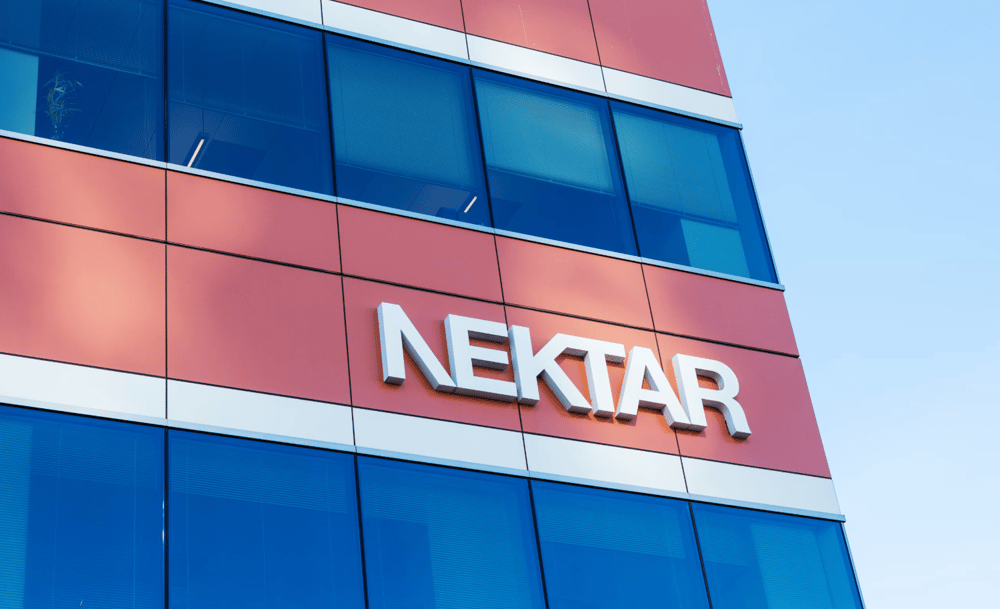Magnificent Seven Stocks Rally Back in 2025 with 33% Gain Amid Market Rotation
The so-called Magnificent Seven—a group of highly valued tech giants—experienced a notable correction in early 2025 after several years of robust growth. This correction was driven by a shift in investor sentiment, moving capital away from expensive growth stocks towards more value-oriented, risk-tolerant sectors. However, recent data as of June 10, 2025, shows a sharp rebound in the Magnificent Seven stocks, which have collectively surged 33% since the early-April market lows. For comparison, the broad Morningstar U.S. Market Index has increased by 22% during the same timeframe, highlighting a stronger-than-average recovery for this elite group.
Analysis of the Magnificent Seven’s Market Rebound and Its Implications
The Magnificent Seven—typically including tech titans such as Apple $AAPL, Microsoft $MSFT, Alphabet $GOOGL, Amazon $AMZN, Nvidia $NVDA, Tesla $TSLA, and Meta Platforms $META —have been key drivers of U.S. equity market performance for several years. Their valuation contraction in early 2025 stemmed from rising interest rates, inflation concerns, and a rotation into cyclicals and value stocks perceived as less risky or more attractively priced.
The recent bounce-back reflects several factors: renewed optimism around AI and cloud computing investments, better-than-expected earnings reports, and stabilizing macroeconomic indicators that bolster investor confidence in high-growth sectors. This recovery demonstrates how investor appetite can swing quickly in favor of growth-oriented equities once broader market uncertainties begin to abate.

Key Facts — Magnificent Seven Stocks Performance Snapshot
📉 Early 2025: Significant correction following years of outperformance
📈 Since April lows: Magnificent Seven stocks up 33%
📊 Morningstar U.S. Market Index up 22% over same period
💹 Magnificent Seven represents a substantial portion of NASDAQ $^IXIC and S&P 500 $^SPX capitalization
🔄 Market rotation trends favoring value stocks earlier in the year have softened recently
Market Reaction and Commentary on Growth Versus Value Dynamics
Investors and analysts are closely watching the Magnificent Seven’s rebound as a barometer of broader market risk sentiment. The outperforming growth stocks signal renewed confidence in innovation-led sectors despite inflation and interest rate challenges.
Market strategists note that while value stocks showed resilience earlier in the year, the strong performance of mega-cap tech underscores the continuing importance of technology and AI in driving long-term economic growth and capital markets returns. This bifurcation suggests a possible balancing act in portfolio allocations going forward.

Critical Takeaways on Magnificent Seven’s Market Influence
The Magnificent Seven's rally signals a partial reversal of early 2025 risk-off sentiment.
Growth stocks’ outperformance reflects investor confidence in AI, cloud computing, and digital transformation.
Market breadth remains narrow, with these mega-cap stocks exerting outsized influence on indices like the NASDAQ and S&P 500.
Inflation and interest rates remain watch points, but current data supports sustained growth valuations.
Rotation between growth and value may persist, requiring careful portfolio diversification.
Morningstar and other broad market indices show healthy gains but trail the Magnificent Seven’s pace.
Magnificent Seven Stocks Lead Market Recovery, Highlighting Tech Sector Resilience
The rebound of the Magnificent Seven stocks in 2025 illustrates the persistent dominance of mega-cap tech companies in the U.S. equity landscape. Despite early-year volatility and a tactical shift towards value equities, these companies’ ability to innovate and deliver strong earnings continues to attract substantial institutional and retail investment.
This resurgence is emblematic of broader market dynamics where growth sectors, particularly those tied to artificial intelligence and cloud infrastructure, maintain their status as engines of capital appreciation and economic transformation. Monitoring the interplay between growth and value remains essential for understanding market direction in the near term.















Comments
We're witnessing a shift where automation isn't just a tool but a core driver of corporate value